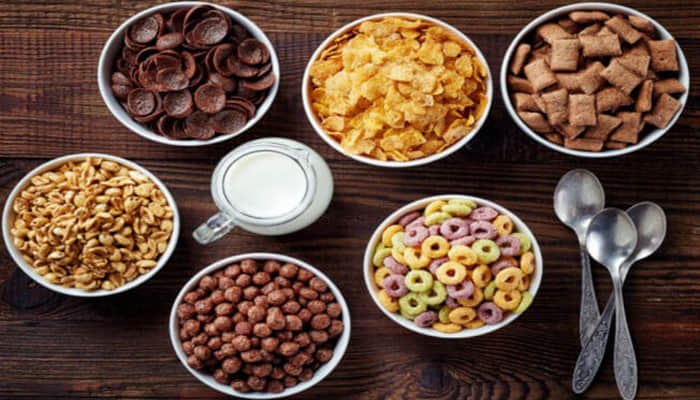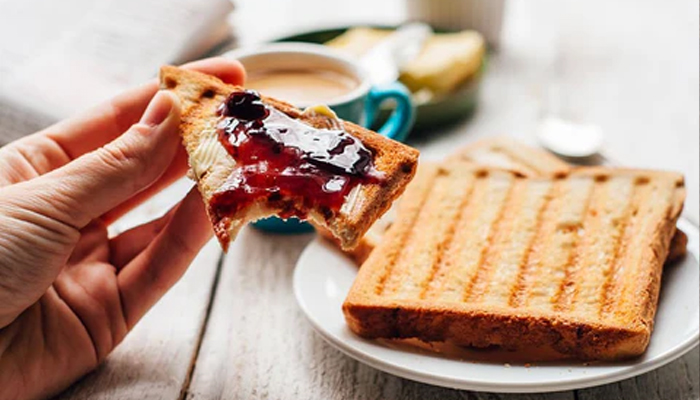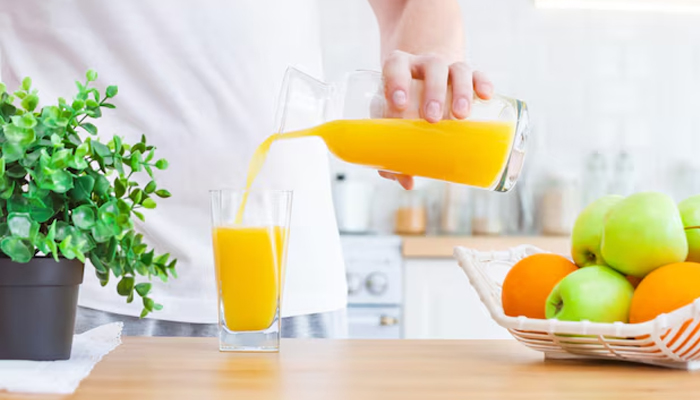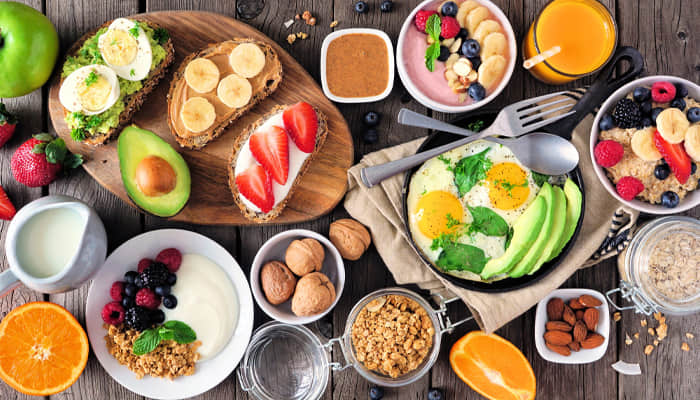
For years, we’ve been told that breakfast is the most important meal of the day. And that’s true—starting the morning with the right foods can boost your energy, balance your mood, and help keep your blood sugar steady. But here’s something many people don’t realize: some of the most popular and seemingly healthy breakfast choices can cause your blood sugar to rise faster than a slice of cake.
That sugar rush might leave you feeling alert for a short time. But soon after, you may crash—feeling tired, irritable, and craving more sugar. Over time, this cycle can contribute to weight gain, insulin resistance, and even type 2 diabetes.
Let’s take a closer look at the biggest breakfast mistake people make, why it’s harmful, and how to build a better breakfast that actually supports your health.
The Sneaky Problem with “Sweet” Breakfasts
In many American households, breakfast often includes something sweet—cereal, toast with jam, fruit juice, or even flavored yogurt. These foods seem healthy. They’re often marketed as low-fat, made with fruit, or labeled as “whole grain.”
But here’s the problem: most of these options are loaded with refined carbohydrates and added sugars, and very low in protein, fiber, or healthy fats. That combination causes your blood glucose (sugar) to spike quickly, forcing your body to release a rush of insulin to bring it back down. This spike-and-crash effect makes it harder to stay full, energized, or focused.
Breakfast Cereals: Not as Innocent as They Look

Walk down the cereal aisle at the grocery store, and you’ll see boxes with claims like “heart healthy,” “made with whole oats,” or “fortified with vitamins.” But flip the box over and read the label. Many cereals—even ones aimed at adults—contain more than 10 grams of sugar per serving and very little protein or fat.
And let’s be honest: who eats just one serving? If you pour a full bowl, you might be getting double the sugar and carbs. The result? A quick energy burst followed by a mid-morning crash.
Fruit Smoothies: A Blood Sugar Bomb in Disguise
Making a fruit smoothie at home can be a healthy habit—if you balance it properly. But most store-bought smoothies, or homemade versions made only with bananas, berries, juice, and yogurt, lack enough protein or fat to slow down digestion. That means the natural sugars in fruit hit your bloodstream all at once.
Even if you skip the added sugar, your smoothie may contain 40 to 60 grams of natural sugar, which still raises blood glucose rapidly. To make it better, you’d need to add ingredients like nut butter, protein powder, chia seeds, or plain Greek yogurt to balance things out.
Toast with Jam or Honey: Simple Carbs, No Staying Power

Toast sounds like a simple, light breakfast. But white or even whole wheat toast is still a refined carb that digests quickly—especially when topped with jam or honey. This combo gives you a quick sugar hit, but it won’t keep you full for long.
And because there’s no protein or fat in this meal, your blood sugar spikes higher and faster than you might expect. Even adding a glass of juice (another sugar-heavy item) makes the situation worse.
Yogurt Parfaits: Sugar in a Pretty Package
Many people reach for flavored yogurt with granola and fruit thinking it’s a health food. But flavored yogurts often contain 15–25 grams of added sugar per serving. Then you add sweet granola and fruit, and the sugar load climbs even higher.
While yogurt can be a great source of protein and probiotics, it’s best to choose plain Greek yogurt and sweeten it yourself with a few berries or a drizzle of cinnamon and nuts. That way, you get the benefits without the sugar spike.
Orange Juice: Not the Health Drink You Think It Is

Orange juice is often seen as a breakfast staple. But despite its vitamin C content, it’s essentially liquid sugar with little to no fiber. Even a small 8-ounce glass can contain around 22 grams of sugar, which raises blood sugar almost as quickly as soda.
If you like citrus in the morning, eating a whole orange instead gives you fiber and slows the sugar impact. Better yet, drink water or unsweetened herbal tea alongside a balanced breakfast.
Why This Matters More After 50
As we age, our bodies become less efficient at processing sugar. Muscle mass declines, insulin sensitivity decreases, and metabolism slows down. That means blood sugar spikes last longer and do more damage over time.
For adults over 50—especially those concerned about diabetes, heart disease, or weight gain—choosing a balanced breakfast becomes even more important. A poor breakfast habit repeated daily can quietly increase health risks without you even noticing.
What Should You Eat Instead?

The key to a healthier breakfast is balance. You want to include:
- A source of protein (like eggs, plain Greek yogurt, cottage cheese, or tofu)
- A source of fiber-rich carbs (like oats, berries, or whole grain toast)
- A bit of healthy fat (like avocado, nuts, or olive oil)
This trio helps keep you full, prevents sugar crashes, and supports steady energy throughout the morning. You don’t need to cut out all carbs—just choose ones that come with fiber and pair them wisely.
Example: Bad vs Better Breakfast
Let’s say your usual breakfast is:
- A bowl of raisin bran
- A glass of orange juice
This sounds healthy but can deliver over 45 grams of sugar before 9 a.m.
A better option might be:
- A bowl of plain oatmeal topped with almond butter and blueberries
- A boiled egg or some cottage cheese on the side
- A cup of water or unsweetened green tea
This version has less sugar, more protein, and more staying power, helping you feel full and balanced until lunchtime.
You Don’t Have to Give Up Sweet Foods

If you love fruit, oats, or even a little honey, you don’t have to eliminate them completely. The goal is to slow down how quickly your body absorbs the sugar, and that’s done by pairing sweets with fiber, protein, or fat.
For example:
- Add a spoonful of chia seeds or flaxseed to your oatmeal
- Sprinkle nuts over your fruit bowl
- Blend your smoothie with Greek yogurt or unsweetened protein powder
These small changes go a long way toward protecting your energy levels and your long-term health.
Your Morning Habits Shape Your Whole Day
Starting your day with a smart breakfast doesn’t just affect your morning—it can improve your focus, mood, and food choices for the rest of the day. When your blood sugar is stable, you’re less likely to overeat, feel foggy, or reach for more sugar later on.
The next time you’re pouring cereal, blending a smoothie, or reaching for toast, take a moment to check what’s really in it—and how it’ll make you feel two hours later. You might be surprised by how much better you feel with just a few tweaks.
